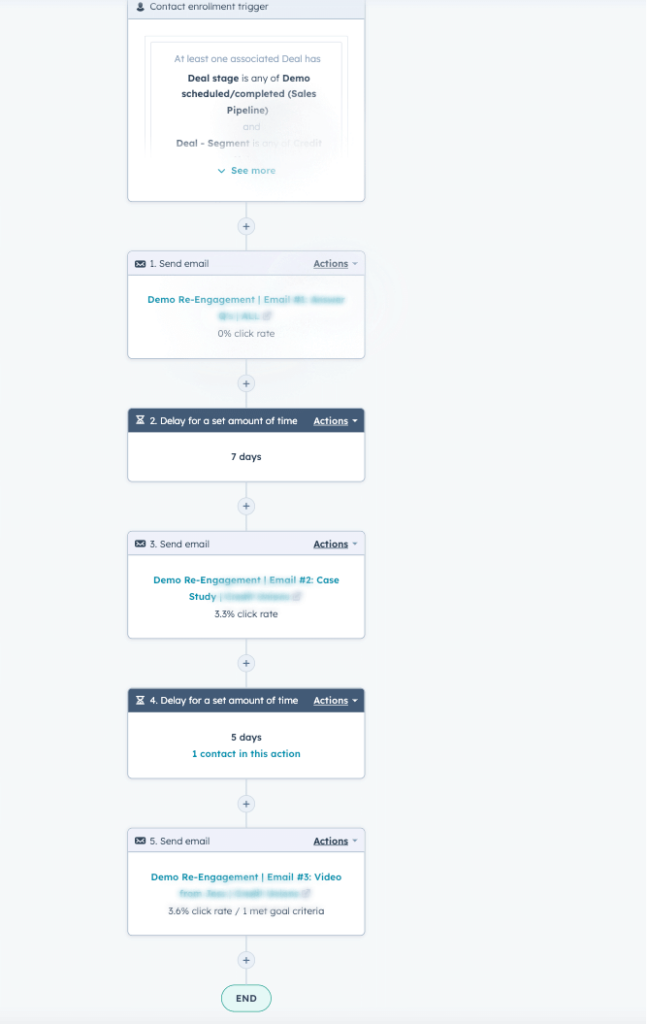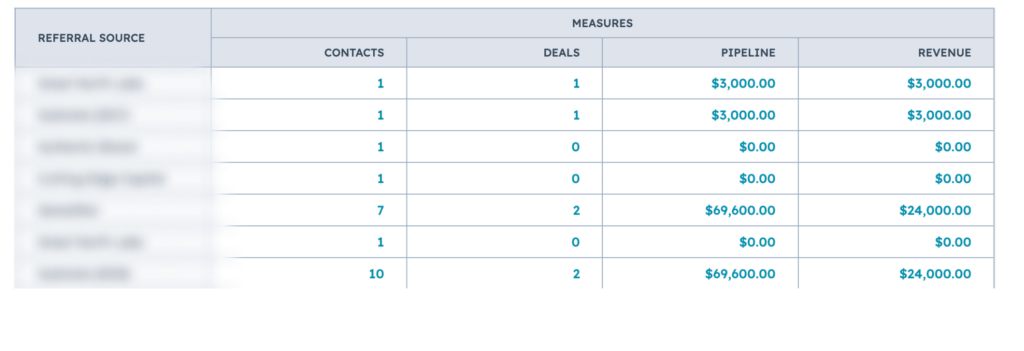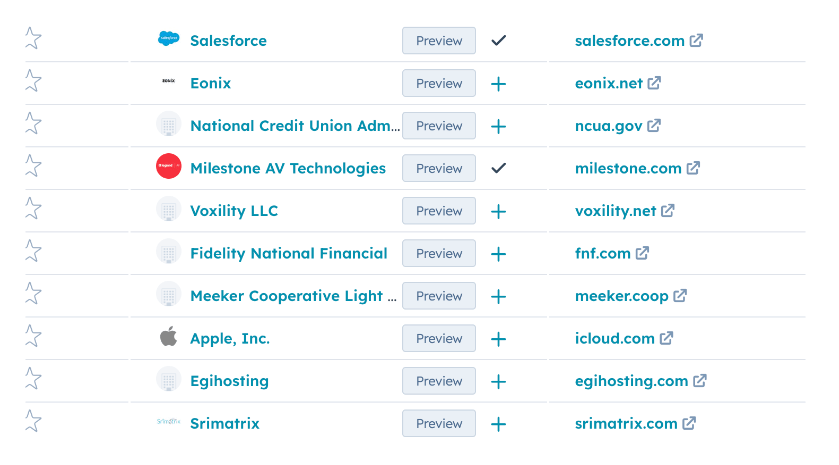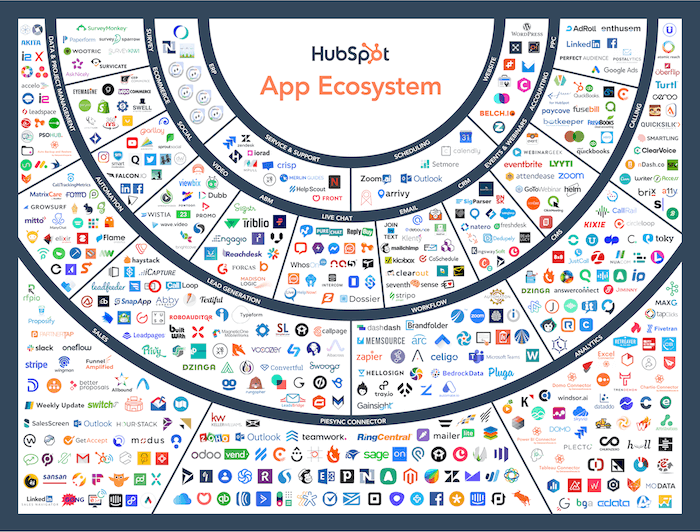Recession or Softlanding: 6 strategies HubSpot can enable to combat market uncertainty
Ryan
Whether you think we’re heading for a recession, a soft landing, or somewhere in between, one thing is certain, working pipelines right now – sucks!
From manufacturing and construction to software and services, every business I talk to shares similar feedback:
- Pipeline is sluggish, and deal cycles are slowing
- Deal structure is changing (i.e, shorter, smaller projects vs. long term strategic plans and agreements)
- Pipeline quotas need to increase to accommodate revenue needs in this new environment
When the market starts to feel uncertain, It can be easy to choose to pull back, save, and not innovate or invest.
History shows us, though, that when you face market -yuck-, freezing or contracting can do more harm than good. In fact, contraction or delay can give your competitors who do innovate and invest a chance to thrive and zoom by you.
We’ve seen many stories of this across industries in downturns in the new millennium.
Maybe you’ve wondered if now is a good time to invest in modern sales, marketing and customer service tools like HubSpot? You wouldn’t be alone. Harvard Business Review lists digital transformation as one of the key areas where companies should invest in downturns.
For whatever reason you’re stuck, wondering how you can best use the investment to hedge your business against market uncertainty.
Here are a few strategies to consider that can easily be deployed to help tee your organization up to be one of the thriving success stories during this current uneasiness.
Optimize human sales resources
If your pipeline is taking longer to close, don’t focus expensive human resources on follow-up and pipeline management.
Instead, a modern CRM like HubSpot Sales Hub can free your people resources to focus on high-value work. Here are a few of the key areas to kick in automation:
Deal follow-up: Set up automated deal follow-up by pipeline stage and time-in stage with a workflow that sends an email checking in with the contact(s) associated with the deal.
High-value behavior: Set up an automated follow-up or notify a deal owner if a contact associated with a deal takes an action of high value. For example, opens a follow-up email, opens a quote, visits a key page, or another defined attribute.

With your people free from repetitive tasks, focus them on high-value work, tilting the law of averages in your favor. Here are a couple of strategies:
Pursuing new pipeline: With deal cycles increasing and deal size decreasing, it’s going to take large pipelines to reach your company’s revenue targets, set your sales team loose on new targets (see Identify and Track new prospects below).
Expanding existing relationships: Have your sales team focus on account reviews, and talking with existing customers about challenges they are facing as well in current market conditions. Are there other products or services that your organization can provide to help existing clients continue to thrive?
Build referral systems
Every sales person knows that one of the best leads you can get is a referral, and with good reason. Referrals close at a rate of 50 – 70% and sometimes higher. So how can we get more of these high-value, high-close at-bats into the pipeline?
Survey & ask: One of the quickest ways to get a referral machine going is to deploy surveys like CSAT or NPS to your customers. With HubSpot, customize the follow-up the respondent sees based on the response. For your best feedback, ask them for a referral.
Bonus: Send them to a form where they can submit the referral to you for follow-up on your own, and use a tool like Postal.io to send a thank you for the referral.
Segment & ask: While surveying is one of the quickest ways, and quarterly may seem like the most logical time to ask for a referral, there might also be segments of clients sitting in your data that are ripe for the asking.
Create an active list with some key properties like:
- Became A Customer Date: sort for long-time customers
- Deal Amount total: for your high lifetime value clients
- Total Engagements: how engaged are they with your company and marketing
For a personal touch, create an email template and make a 1:1 outreach from the relationship owner to the contact.
Track and adjust: Track referral deals so you can see where referrals are coming from and what strategies are working. This helps give focus to which relationships to cultivate and invest your time in.

For tracking, at a minimum, set a referral source at the deal level to track this.
If you want to see the capacity to develop referral relationships, assign the referral at the contact/company level so you can measure the count of referrals and the count (and revenue) of deals generated from the referral.
Identify and reduce pipeline friction
HubSpot sales analytics and reporting can help you pinpoint problem areas in your sales process to triage and identify opportunities to optimize against friction. For example:
Push Rate: Evaluating push rate across reps and how long deals are getting pushed leads to a discussion around ‘why.’ Are there promotions, terms or additional educational materials from marketing that could help eliminate or reduce deal push?
Time in stage: Evaluating where deals are spending most of their time overall in your pipeline, can inform the strategy I shared above, using sequences and automation to help nudge deals along. Have a large deal that’s been stuck in negotiation? Automatically tap in someone from contracting to figure out why this deal can’t get moving.

Identify and track new prospects
Prospecting sucks. Unless you’re one of those weird salespeople who love that part (yeah, you, I know who you are). But with HubSpot and an inbound sales methodology, it doesn’t have to be painful.
This suggestion follows an order of operations.
Step 1 Target Accounts: First, you’re going to need to activate account based marketing tools in HubSpot, even if you don’t sell utilizing ABM methodology. You can skip to prospects below if you want to, but if you’re curious to learn more about target accounts and how HubSpot ABM tools can really amp up your sales, we have a whole different post on just that.
Step 2 Prospects: In the account based marketing tools, there is a feature called prospects. HubSpot will reveal corporate IPs visiting your content. As a salesperson, you can scan this to see if any companies that fit your ideal client profile are visiting and if it’s worth calling into them to make contact.

Back to the basics: KISS
It has to be said that sometimes we need to be reminded to just Keep It Simple Stupid (thanks to my 7th grade algebra teacher for that one!)
At the end of the day, we want to make it as easy as possible to do business with each other. Some quick ways you can do this with HubSpot include:
Meeting Links: Eliminate contact us forms, eliminate email back and forth and replace with scheduling pages so if someone is ready to talk to you they can book immediately.
Quotes & Contracts: Send a quote, sign a quote, send a contract, collect payment. Dream – right? REALITY.
Yes, there are certainly complexities in this process, especially across B2B, and we address some of this in our final strategy, but the main point here is that the entire quoting, contracting and payment process can and should be a smooth as possible can be greatly simplified (for your buyer) with HubSpot and can help unstick pipelines, if nothing else at least decrease the quote to cash cycle.
Payments: Like a meeting link, payment links make it easy to transact all over the place: meetings, quotes, on a page. Between meetings, quotes, and payments HubSpot can help eliminate several steps in the back and forth.
Speaking of easy, want some help with any of this or considering HubSpot? Book time with me to discuss either topic here
🙂 see how easy that was.
Amplify & Extend
The strategies shared so far have been focused on quick wins, quick ROI you can see when trying to hedge against the uncertainty of the market right now.
Perhaps one of the best strategies is the ability to amplify and extend your business using the HubSpot CRM Platform, meaning that you gain tremendous extensibility to customize the platform to support the complexities of your business as needed, but an out of the box platform that can get you running fast and an ecosystem of over 5,000 apps to amplify across your revenue teams.

Go forth and hedge!
With a few of these strategies and a modern CRM platform like HubSpot you’ll be well on your way to bolstering your organization’s defenses against the uncertainty that comes with any market downturn.
And again, if you want to brainstorm additional ideas, give me a shout. It takes a village and we’re all in this together.


